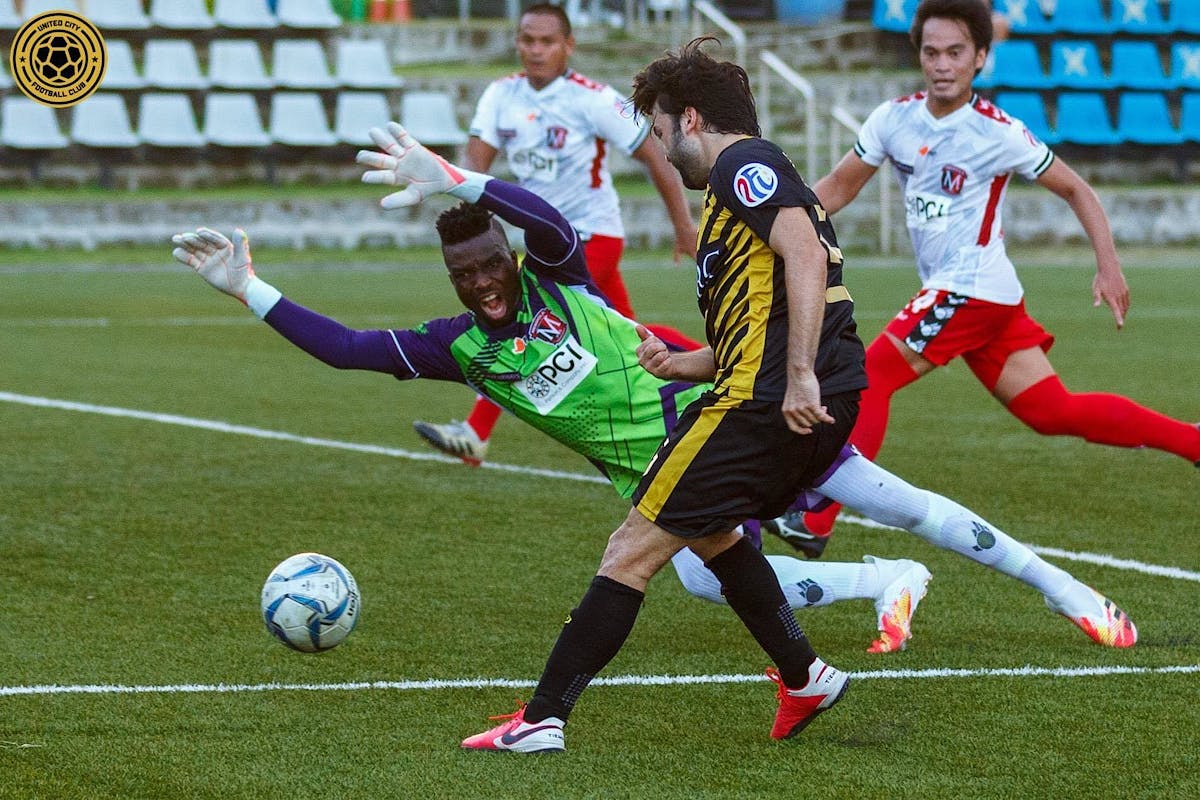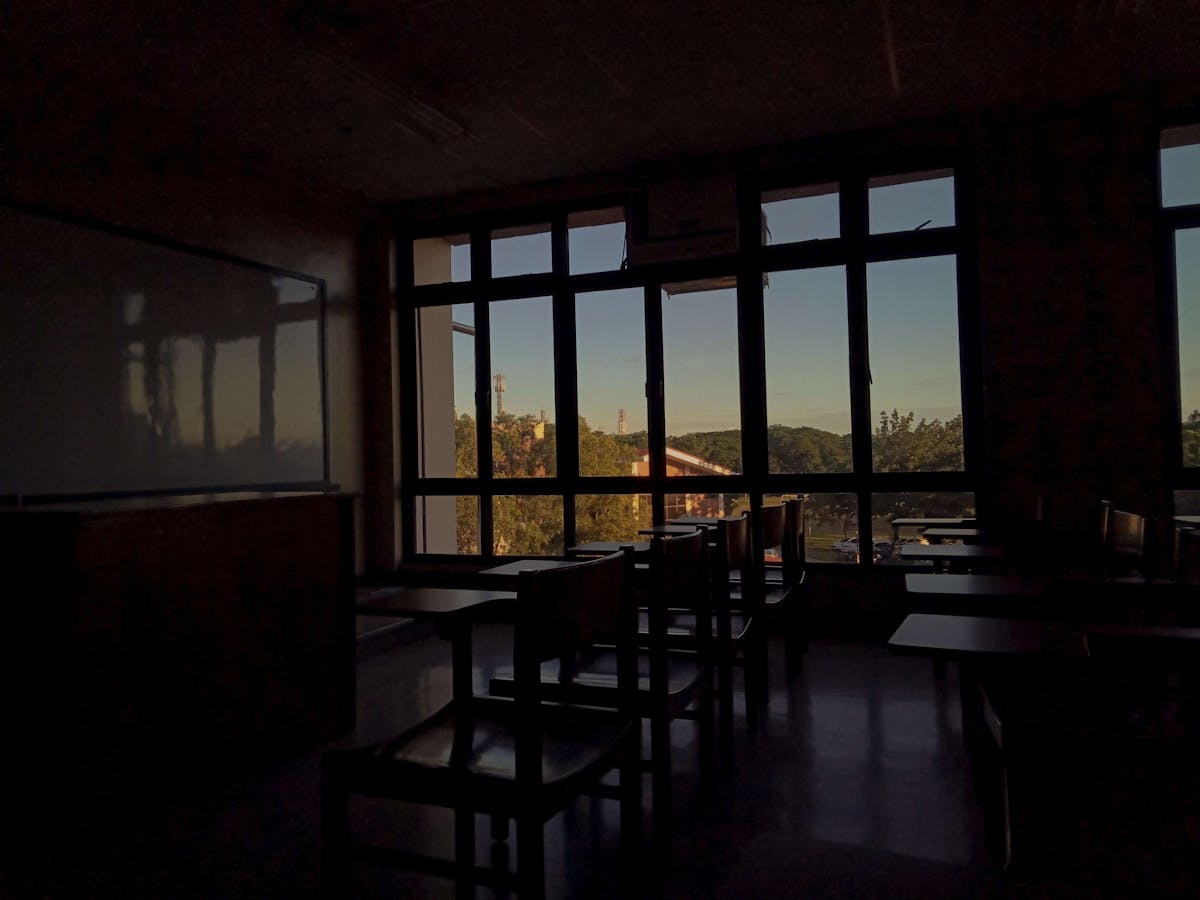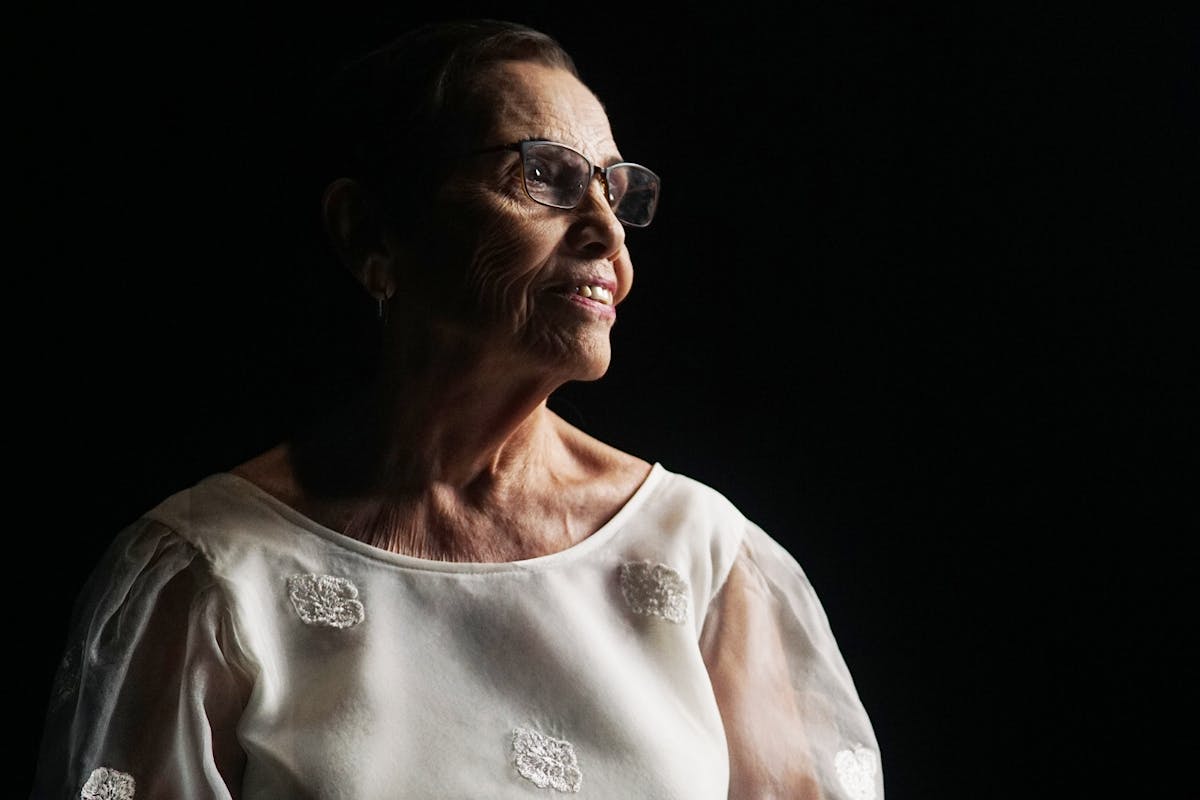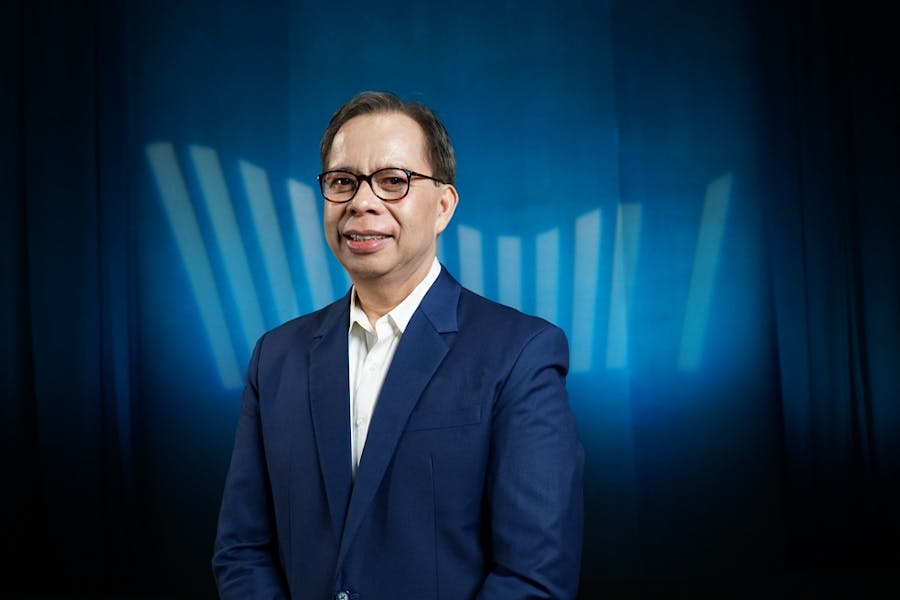
Our Way Forward
Physical Fitness in a Time of Isolation
The Covid-19 experience has limited, if not restricted, people’s access to physical activity and exercise.

The Covid-19 experience has limited, if not restricted, people’s access to physical activity and exercise. The pandemic has prevented active people from doing their regular fitness routines—for example, access to fitness gyms or sports clubs, attending group exercise classes, playing sports with others—recreationally or competitively—or simply going to areas where they can jog or bike.
Because of the enhanced community quarantine or ECQ, active people are now confronted with the challenge of continuing their active lifestyle “routines” at home. The limitations in space, equipment, personal supervision, environment, and other factors can eitherencourage one to remain active or discourage one to the point of being sedentary. For those who continue to be active, they either make use of what they have at home or rely on the internet, if that option is available, for exercise routines and access to personal trainers through video conferencing.
Understanding a formula called the energy equation balance is a simple guide in weight management. There are two areas to consider: calorie intake from food and drinks vs calorie output from physical activity and exercise. For one to maintain weight, there should be a balance between both areas. For one to lose weight, calorie intake should be less than calorie output. Due to the limitations of ECQ, it is easy to increase calorie intake, while the opportunity to undergo physical activity becomes more difficult.
During this time of ECQ, more than concerns with weight management, the focus should be on finding the time to be physically active to attain a certain level of fitness. The World Health Organization recommends 150 minutes a week of moderate intensity physical activitythroughout the week. Being “fit”, so to speak, will have a positive effect not only on a person’s level of fitness but on overall health; for example, mental health issues such as depression and anxiety can be kept at bay.
What are the indicators of a healthy level of physical fitness? One indicator is if the person can practice regular activities without undue fatigue—going about the confines of one’s home, like being able to comfortably walk up and down the stairs and/or carrying groceries without breathing heavily. If it is possible, one should go further in developing their physical fitness through exercise. What constitutes exercise? It is a form of physical activity that is regular, structured, and planned, with the intention to improve overall fitness and health.
How does a person attain this level of fitness while at home with limited space and equipment? How does a person combat motivation and/or boredom? How does a person determine their own progression? And how does a person know if they perform their exercises properly?
These questions ring true even from the point of view of physical instructors. How can fitness instructors help? How do they extend personal supervision when they are not close-by? How do they motivate and correct their students to do the exercises properly, avoiding injury? How do instructors monitor progress? How do instructors encourage creativity, innovation, and versatility? Will online supervision be enough?
There are many online fitness videos. One can easily download the videos and simply follow them. However, I think fitness instructors should play a more important role of creating videos that further
enhance the learning by educating the person and not just providing them with videos to follow. Creating instructional videos that would,in addition to demonstrating or dictating what people should do, also explain the principles behind the movement; the muscles involved and developed, the effects of varying intensity and duration of the exercise, and its effects on heart rate. The explanation and presentation should be in a very simple but concise manner without the instructional video ending up like a lecture. By doing this, understanding and learning are developed. This, in turn, equips the person with basic knowledge to hopefully encourage them to think of alternative ways to exercise without having to depend too much on equipment and space. Having this basic knowledge will stimulate the person’s creativeness, innovation, and address monotony and boredom.
Here’s a few examples: if jogging isn’t possible outside, if someone has basic knowledge on the training heart rate zone, they can attain the same gains when jogging in place with the same intensity and duration as when it is done outside. A push up is actually an alternative to a bench press. Knowledge of the muscle group targeted and some basic principles of progression and loading when doing a bench press will make the person aware that, in the absence of the equipment, you may attain similar gains when doing push ups as an alternative exercise in developing the chest muscles.
The present situation has also limited and restricted social interaction. On-site classes have been suspended, sporting events have been postponed or cancelled. Recreational activities have been terminated. The social aspect of physical fitness is just as important as the activity itself. Social interaction indirectly develops character and value formation—it creates an environment for people to be able to adjust to the changing situation at hand, for them to get out of their comfort zone and be challenged. It allows people to be among others who respect, support and encourage each other to keep on going. It helps us be resilient and to develop our overall well-being. Confidence is developed. Self-worth is enhanced.
Online learning is a viable option but efforts should be directed towards learning that will still allow opportunities: for people to acquire the basic knowledge in order to inspire them to exercise properly, for instructors to be physically present to supervise and monitor performance, and for everyone to experience the benefits of social interaction with others.

















